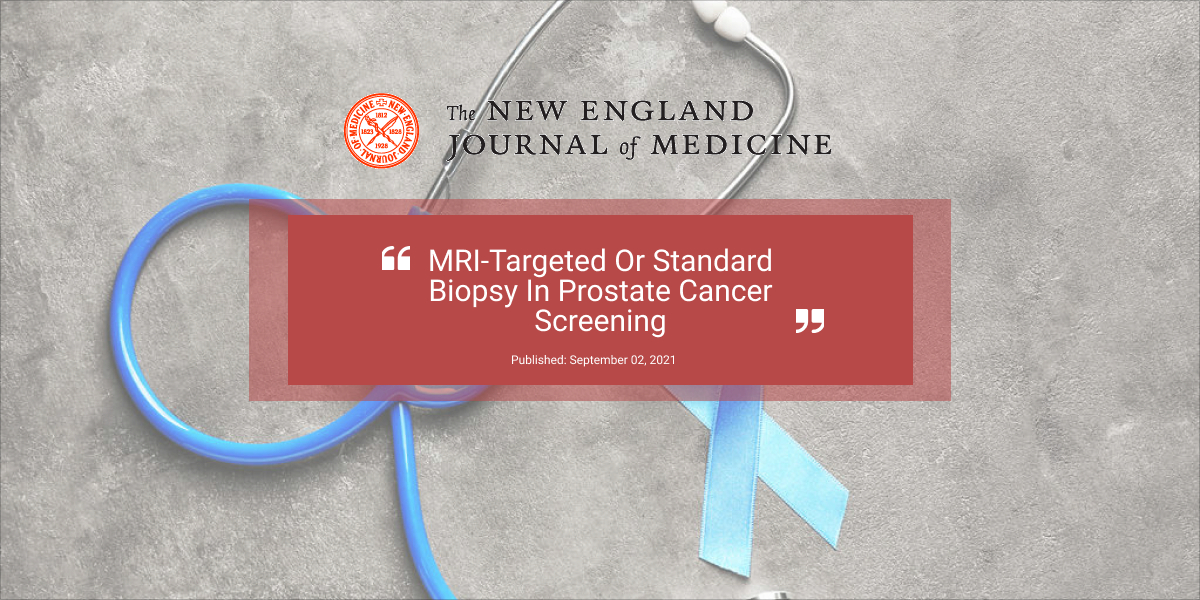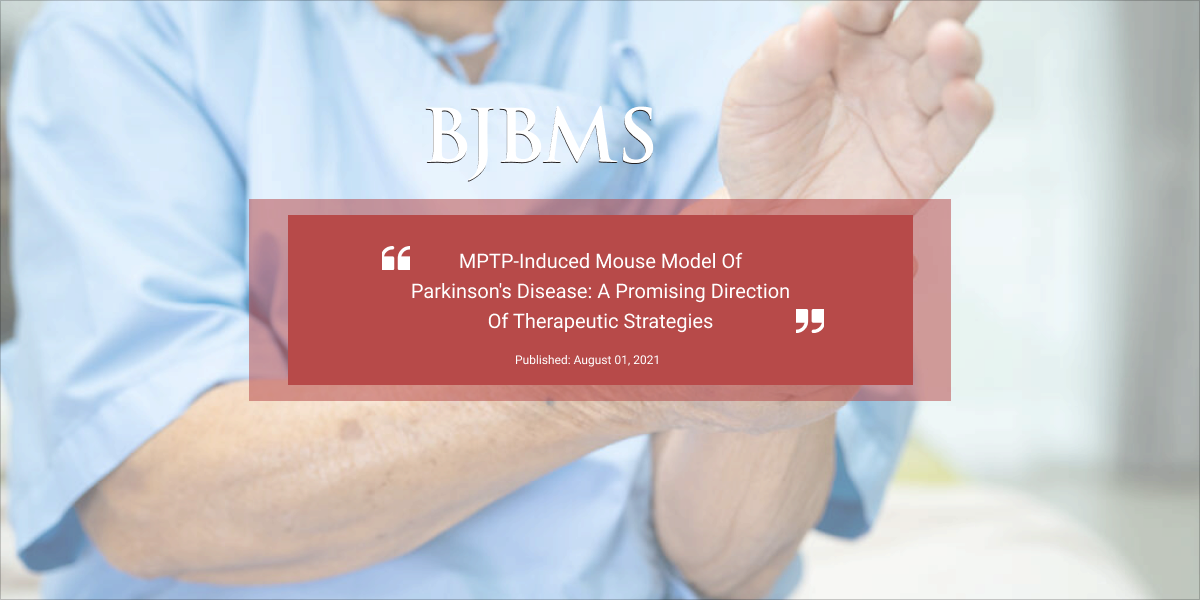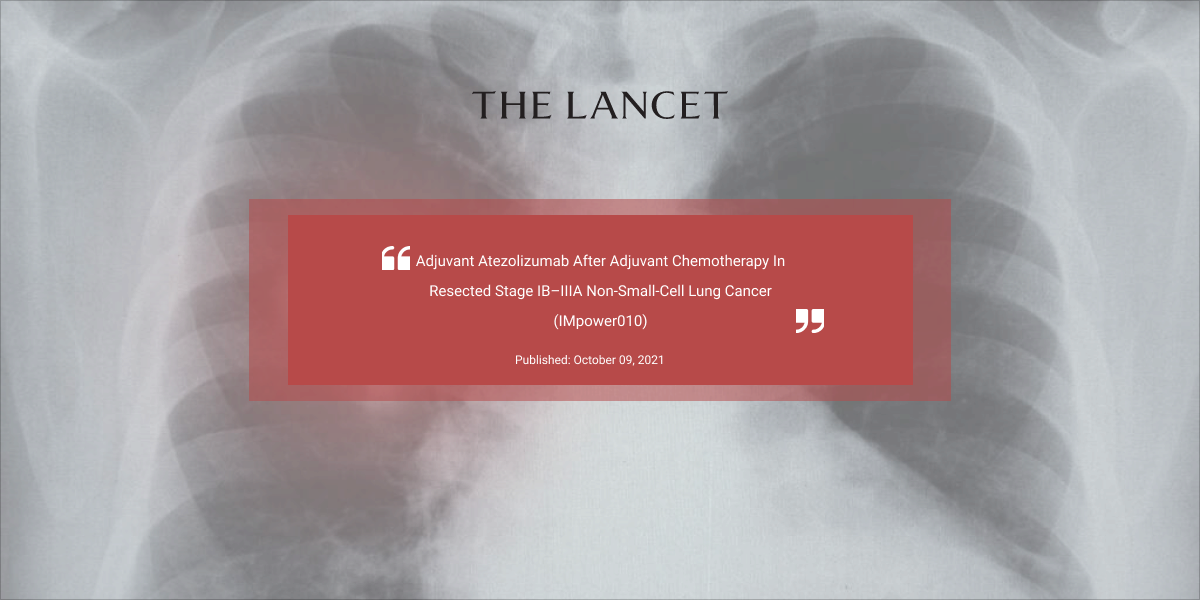MRI-Targeted or Standard Biopsy in Prostate Cancer Screening
BACKGROUND
High rates of overdiagnosis are a critical barrier to organized prostate cancer screening. Magnetic resonance imaging (MRI) with targeted biopsy has shown the potential to address this challenge, but the implications of its use in the context of organized prostate cancer screening are unknown.
METHODS
We conducted a population-based noninferiority trial of prostate cancer screening in which men 50 to 74 years of age from the general population were invited by mail to participate; participants with prostate-specific antigen (PSA) levels of 3 ng per milliliter or higher were randomly assigned, in a 2:3 ratio, to undergo a standard biopsy (standard biopsy group) or to undergo MRI, with targeted and standard biopsy if the MRI results suggested prostate cancer (experimental biopsy group). The primary outcome was the proportion of men in the intention-to-treat population in whom clinically significant cancer (Gleason score ≥7) was diagnosed. A key secondary outcome was the detection of clinically insignificant cancers (Gleason score 6).
RESULTS
Of 12,750 men enrolled, 1532 had PSA levels of 3 ng per milliliter or higher and were randomly assigned to undergo biopsy: 603 were assigned to the standard biopsy group and 929 to the experimental biopsy group. In the intention-to-treat analysis, clinically significant cancer was diagnosed in 192 men (21%) in the experimental biopsy group, as compared with 106 men (18%) in the standard biopsy group (difference, 3 percentage points; 95% confidence interval [CI], −1 to 7; P<0.001 for noninferiority). The percentage of clinically insignificant cancers was lower in the experimental biopsy group than in the standard biopsy group (4% [41 participants] vs. 12% [73 participants]; difference, −8 percentage points; 95% CI, −11 to −5).
CONCLUSIONS
MRI with targeted and standard biopsy in men with MRI results suggestive of prostate cancer was noninferior to standard biopsy for detecting clinically significant prostate cancer in a population-based screening-by-invitation trial and resulted in less detection of clinically insignificant cancer. (Funded by the Swedish Research Council and others; STHLM3-MRI ClinicalTrials.gov number, NCT03377881. opens in new tab.)
![]()
![]()
![]()
![]()
![]()
This article was published on July 9, 2021, at NEJM.org.





